
Iran Ups Textile Exports by 40 Percent
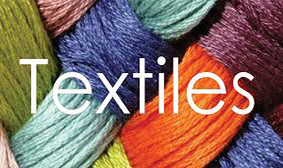
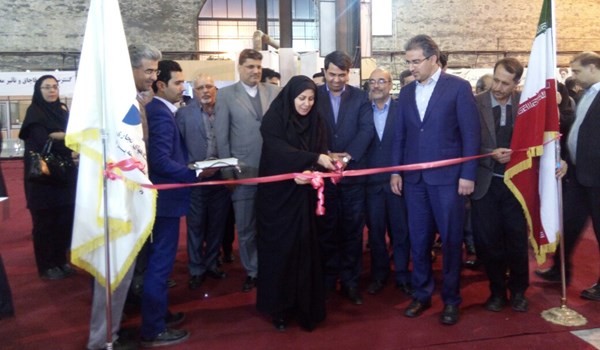
"7,900 textile production units and 260,000 people are currently active in Iran’s textile industry," Director General of Textile and Clothing Department at the Ministry of Industries, Mines, and Trade Afsaneh Mehrabi said.
Addressing the inaugural ceremony of a specialized textile and carpet exhibition which was held in Iran’s central city of Yazd on Tuesday, Mehrabi noted that the country's textile exports has registered a remarkable 40 percent rise as compared with the previous year's corresponding period.
She said the Iranian government’s decision to ban the imports of some goods made an opportunity for domestic producers to increase exports amid recent difficulties in the currency market.
In a relevant development in early December, it was reported that Iran had exported around $715 million worth of clothing and garments to foreign countries during the first seven months of the current Iranian year (March 21- October 21), marking a 28 percent growth in comparison with the corresponding period of last year.
Director General of the Textile, Apparel and Leather Industry Organization Golnar Nasrollahi made the remarks on the sidelines of 6th International Apparel Exhibition (Iran Mode 2018), adding that $715 million worth of garments were exported during the seven-month period, registering a 28% hike in comparison with the similar period in the last year.
She pointed to the skyrocketing rates of foreign currency in the past months and the promising boost in the sector’s productivity as the two main reasons behind the growth in the exports of clothing and apparels.
Supplying raw materials for textile industry has been put a top priority of the Ministry of Industry, she said, adding, “The country’s current economic situation is in favor of producers, provided that their required raw materials are fully provided.”
The imports of basic raw materials, such as fibers, have witnessed a significant growth as compared to the same period of last year, which proves the development in the industrial and production units’ activities, the official said.
Referring to the strategic clothing production and exports document that was compiled during former minister of industry, Nasrollahi said, “This document has now been handed over to the Planning Deputy Office of the ministry and we hope that we will be able to implement different paragraphs of it with the cooperation of related associations and organizations.”


Gold price eases after Trump downplays clash with Fed chair Powell

Copper price hits new record as tariff deadline looms

Chile’s 2025 vote puts mining sector’s future on the line

Brazil producers look to halt pig iron output as US tariff threat crimps demand

Gold price could hit $4,000 by year-end, says Fidelity

Three workers rescued after 60 hours trapped in Canada mine

US targets mine waste to boost local critical minerals supply

Glencore workers brace for layoffs on looming Mount Isa shutdown

Column: EU’s pledge for $250 billion of US energy imports is delusional
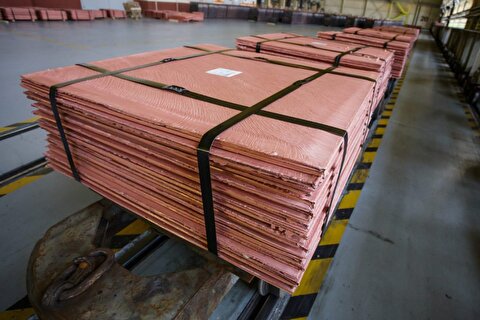
Trump tariff surprise triggers implosion of massive copper trade

Maxus expands land holdings at Quarry antimony project in British Columbia
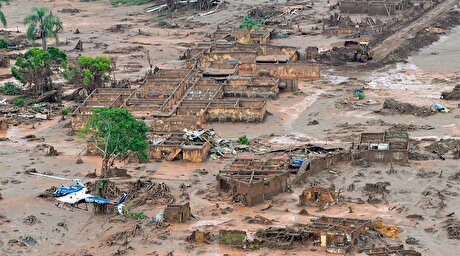
BHP, Vale accused of ‘cheating’ UK law firm out of $1.7 billion in fees
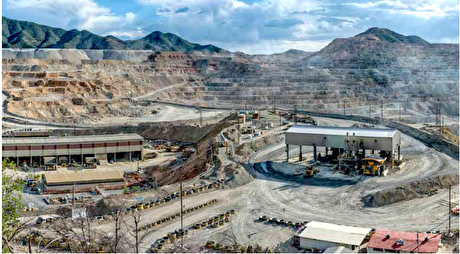
Southern Copper eyes $10.2B Mexico investment pending talks

American Tungsten gets site remediation plan approved for Ima mine in Idaho

Kinross divests entire 12% stake in Yukon-focused White Gold

Gold price could hit $4,000 by year-end, says Fidelity

Southern Copper expects turmoil from US-China trade war to hit copper

Ramaco Resources secures five year permit for Brook rare earth mine in Wyoming

Column: EU’s pledge for $250 billion of US energy imports is delusional

Trump tariff surprise triggers implosion of massive copper trade

Maxus expands land holdings at Quarry antimony project in British Columbia

BHP, Vale accused of ‘cheating’ UK law firm out of $1.7 billion in fees

Southern Copper eyes $10.2B Mexico investment pending talks

American Tungsten gets site remediation plan approved for Ima mine in Idaho

Kinross divests entire 12% stake in Yukon-focused White Gold

Gold price could hit $4,000 by year-end, says Fidelity

Southern Copper expects turmoil from US-China trade war to hit copper

Ramaco Resources secures five year permit for Brook rare earth mine in Wyoming














